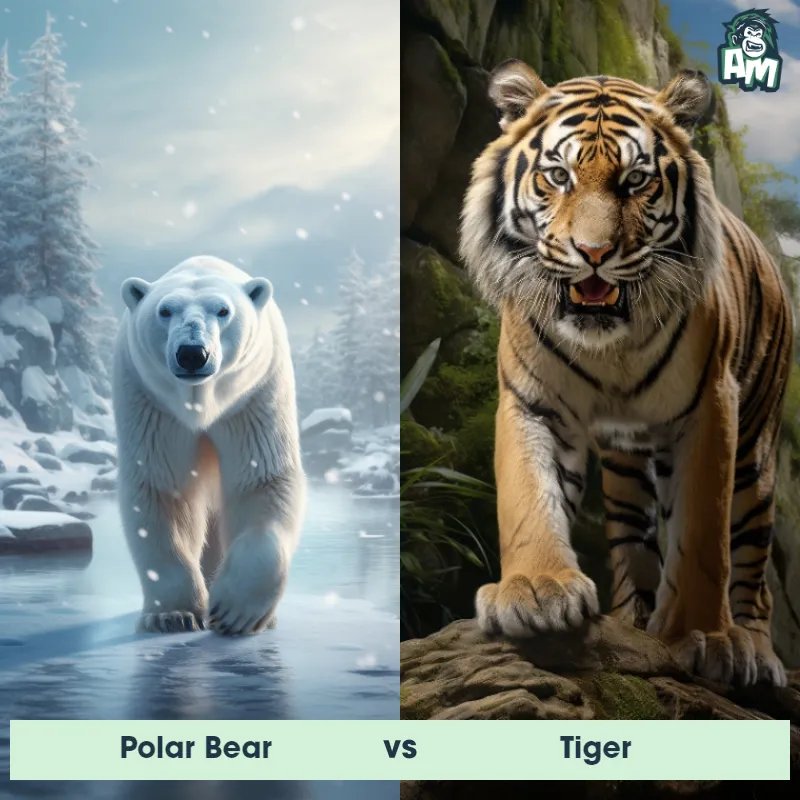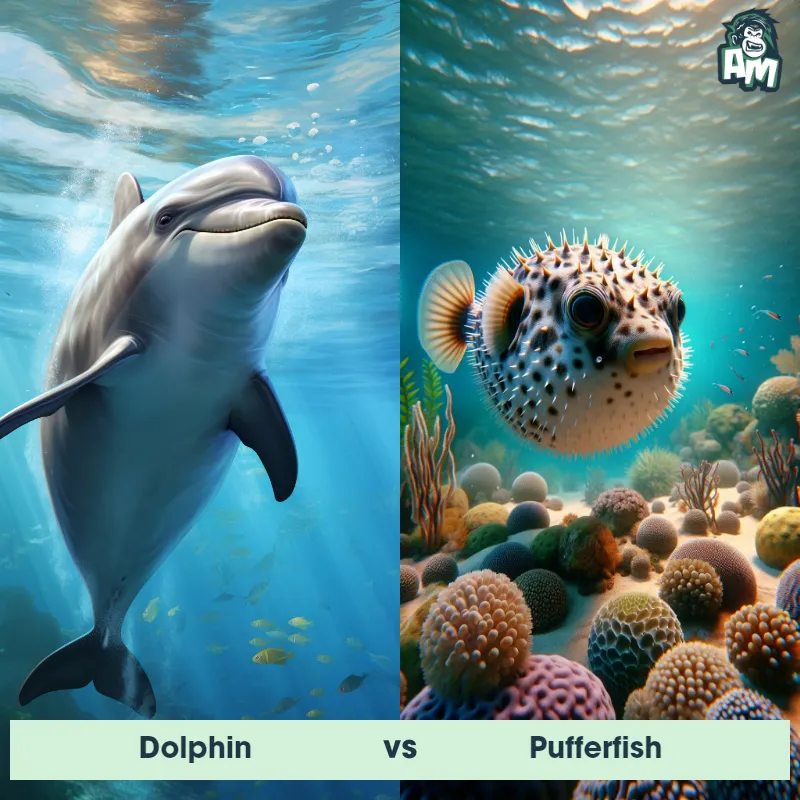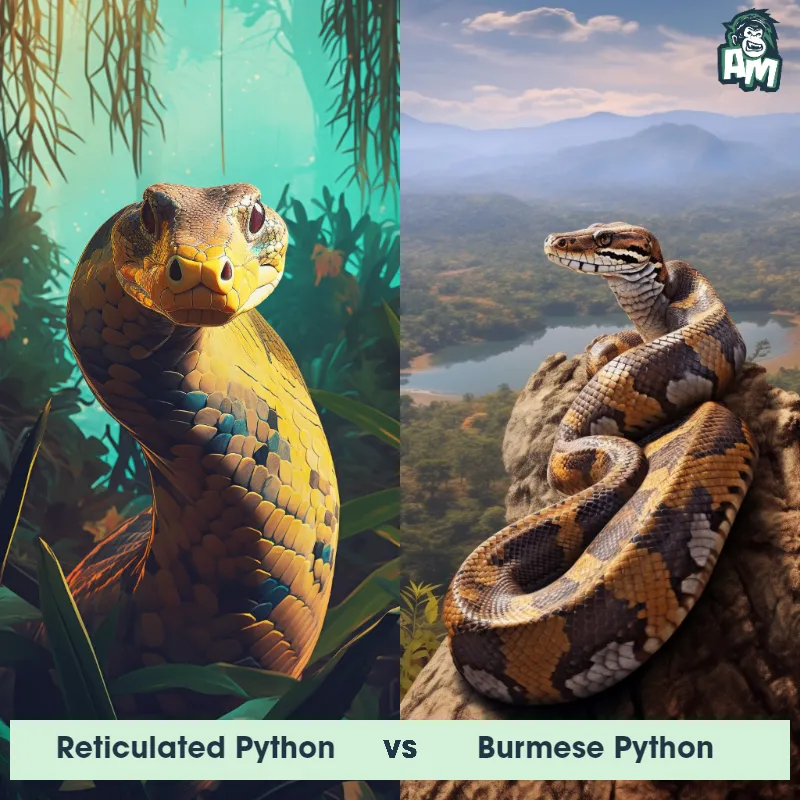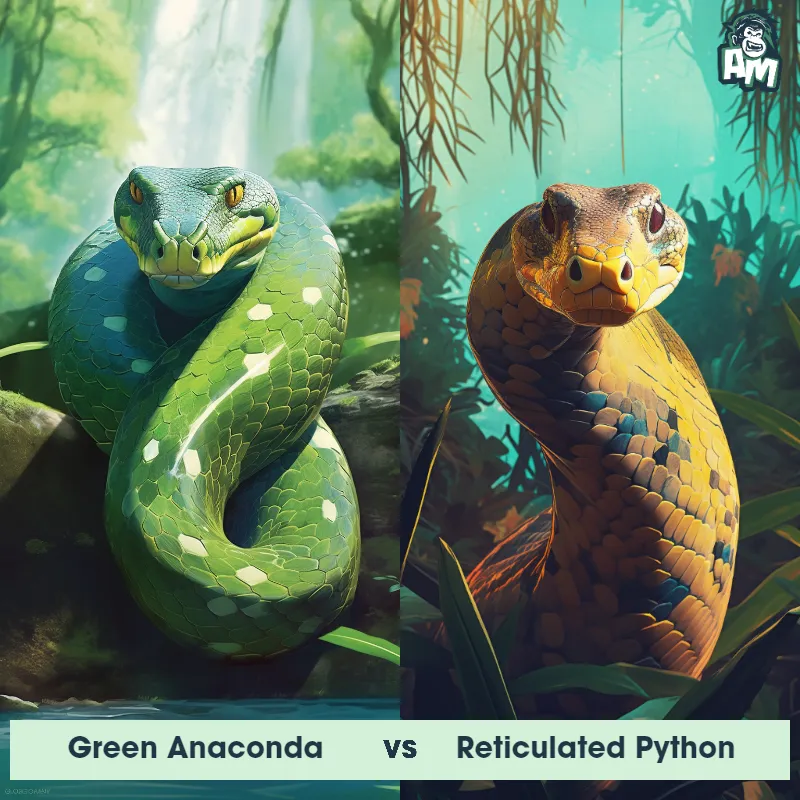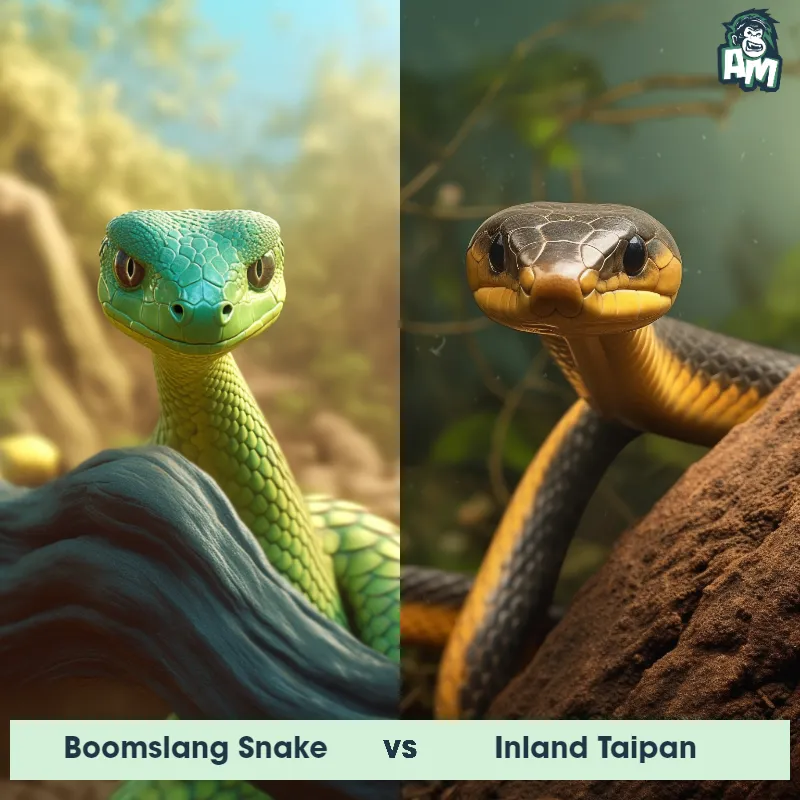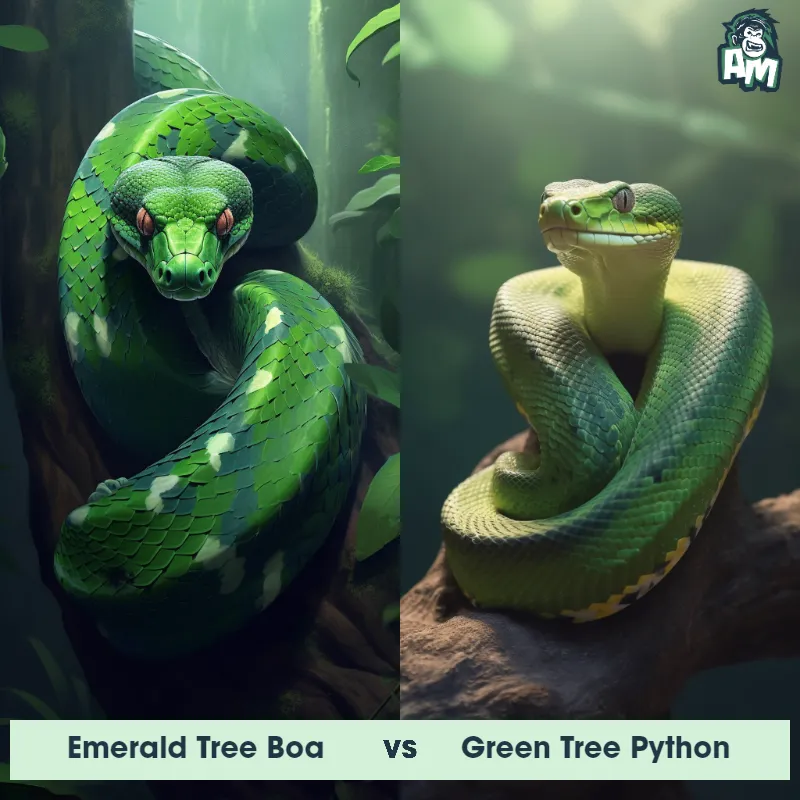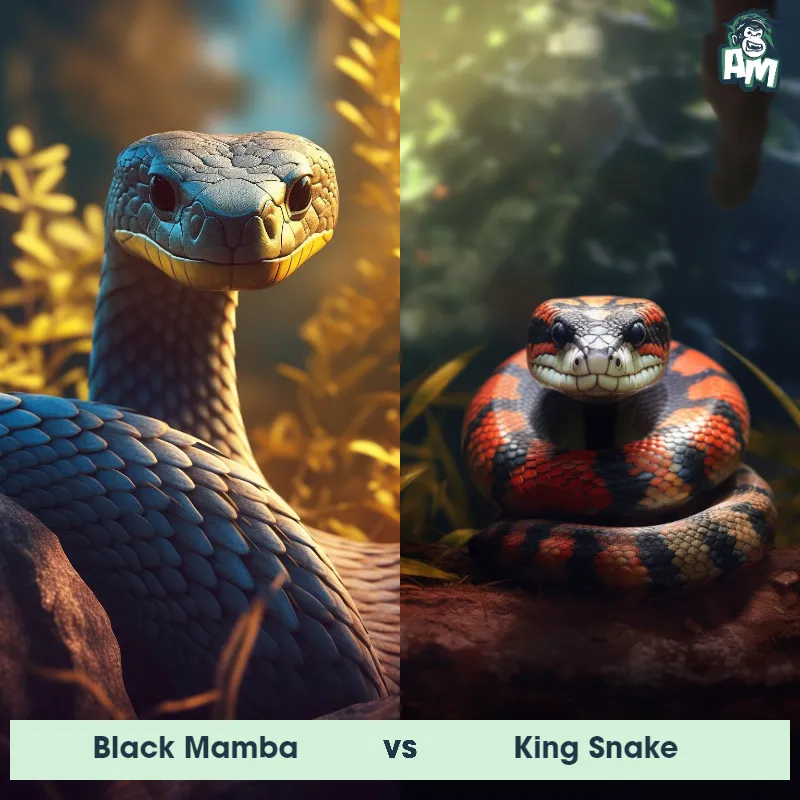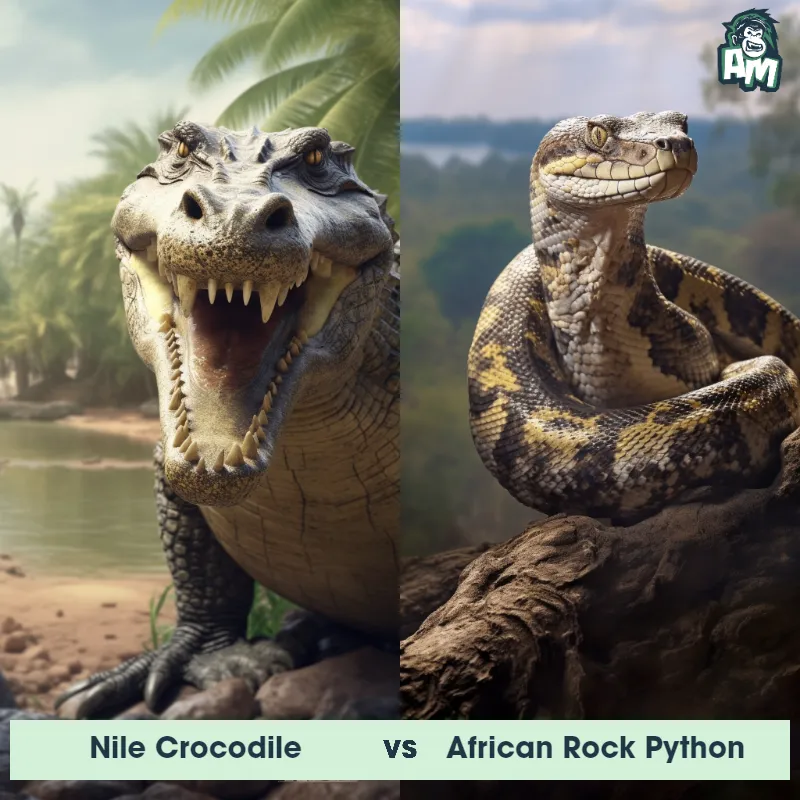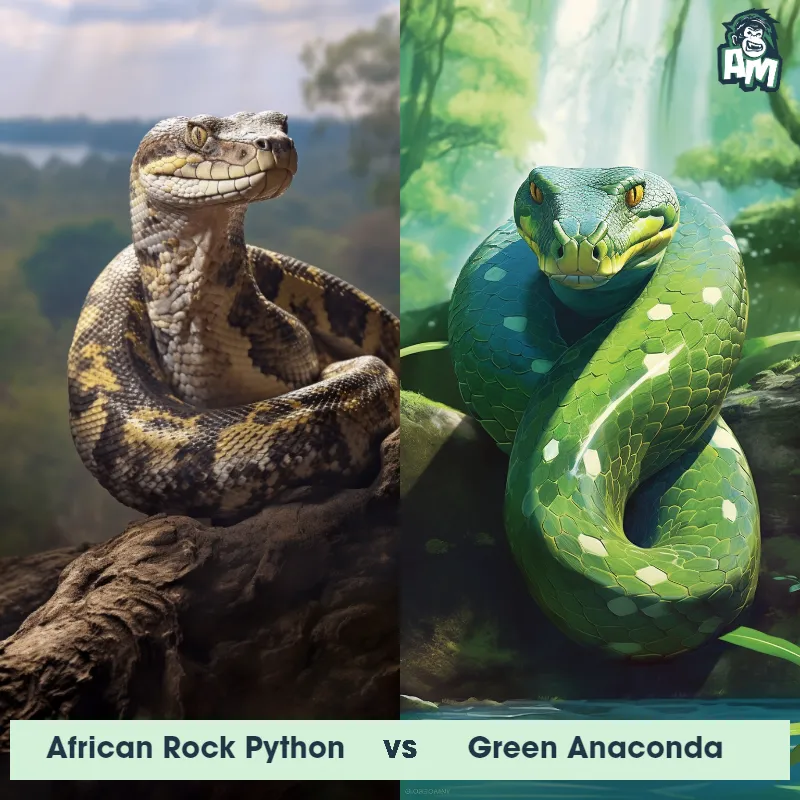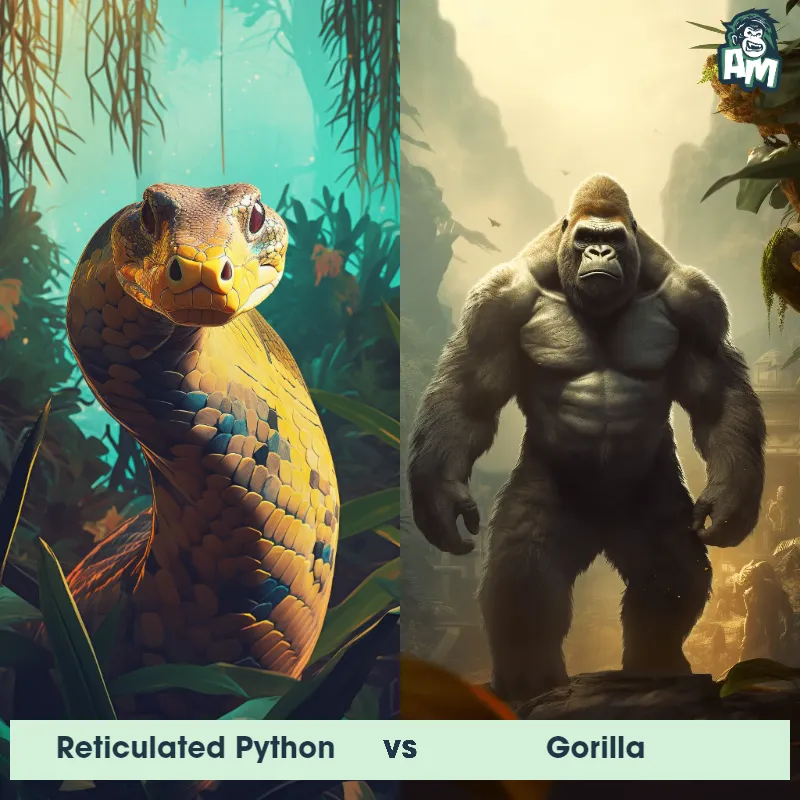Rat Snake vs Ball PythonSee Who Wins

Ladies and gentlemen, welcome to this thrilling matchup here today between a Rat Snake and a Ball Python. Both these reptiles are known for their striking abilities and cunning maneuvers. The tension is palpable as we prepare for an intense three-round battle here in the arena. Without further ado, let's get this contest underway!
Contender 1: Rat Snake
The Rat Snake is a non-venomous reptile that can be found in North America. They have a slender body with smooth scales, and can grow up to 6 feet in length. Their coloration varies, but they typically have a pattern of red, orange, and brown on a lighter background. Rat Snakes are excellent climbers and are known for their ability to escape from enclosures.
Fun Fact: Rat Snakes are skilled at mimicking the appearance and behavior of venomous snakes, such as the Copperhead, in order to deter predators.
Contender 2: Ball Python
The Ball Python, also known as the Royal Python, is a non-venomous snake native to Sub-Saharan Africa. These snakes are named "ball" pythons because they have a habit of curling up into a tight ball when they feel threatened or defensive. They have a smooth and shiny appearance, with a varying array of colors and patterns, including various shades of browns, blacks, and whites. Ball pythons have a unique heat-sensing ability due to specialized pits in their faces, which helps them locate and capture prey. They are known for their docile and calm nature, making them popular pets among snake enthusiasts.
![[object Object] Gif](https://tenor.com/view/yawn-snake-slither-hiss-animal-gif-17279037.gif)
Fun Fact: Ball pythons are known for their ability to go for long periods without food. In the wild, during the dry season, they can survive for up to six months without eating by conserving their energy and slowing down their metabolism.
Matchup Stats
| Rat Snake | Ball Python | |
|---|---|---|
| Size | Up to 6 feet (1.8 meters) | 4-6 feet (1.2-1.8 meters) |
| Weight | Up to 2.5 pounds (1.1 kilograms) | 3-5 pounds (1.4-2.3 kilograms) |
| Speed | Speed: 8 mph (12.87 km/hr) | 1mph (1.6km/h) |
| Key Strength | Constricting ability | Constriction and agility |
| Biggest Weakness | Lack of venom | Lack of venom or defensive weaponry |
Current Votes
Rat Snake vs Ball Python
See Who Wins
View More Matches
Looking For More?
Similar Matches
Scientific Stats
| Rat Snake | Ball Python | |
|---|---|---|
| Scientific Name | Pantherophis guttatus | Python regius |
| Family | Colubridae | Pythonidae |
| Habitat | Forests, fields, and farmland | Terrestrial |
| Geography | North America | Sub-Saharan Africa |
| Diet | Rodents, birds, and eggs | Small mammals, birds, and reptiles |
| Lifespan | 8 years - 20 years | 15 years - 30 years |
Key Differences between Rat Snake and Ball Python
- Tail shape: The Rat Snake tapers gradually towards the end, while the Ball Python has a distinct, blunt-ended tail.
- Scales: Rat Snakes possess keeled scales, giving their skin a rough texture, whereas Ball Pythons have smooth scales that give them a glossy appearance.
- Head shape: Rat Snakes have a larger and more elongated head with prominent eyes, while Ball Pythons have a relatively smaller and more rounded head with a slightly pointed snout.
- Size: The Rat Snake is generally longer and more slender, reaching an average length of 4-6 feet, while the Ball Python is shorter and stockier, measuring around 3-4 feet on average.
- Coloration: Rat Snakes exhibit a wider variety of colors, including shades of black, brown, gray, and orange, often with a contrasting lighter belly. In contrast, Ball Pythons have a range of more subdued colors, commonly with dark brown or black patterns on a lighter background.
- Pattern: The Rat Snake typically displays a distinct pattern of spots or blotches along its body, while the Ball Python features a more consistent pattern of bold, irregular-shaped patches or bands.





